What is data analytics?
Data analytics is the technique of analyzing raw data from various data sources and to arrive at meaningful insights. Keep reading to get a complete understanding of data analytics, and how you can get started with it.
Sign up for free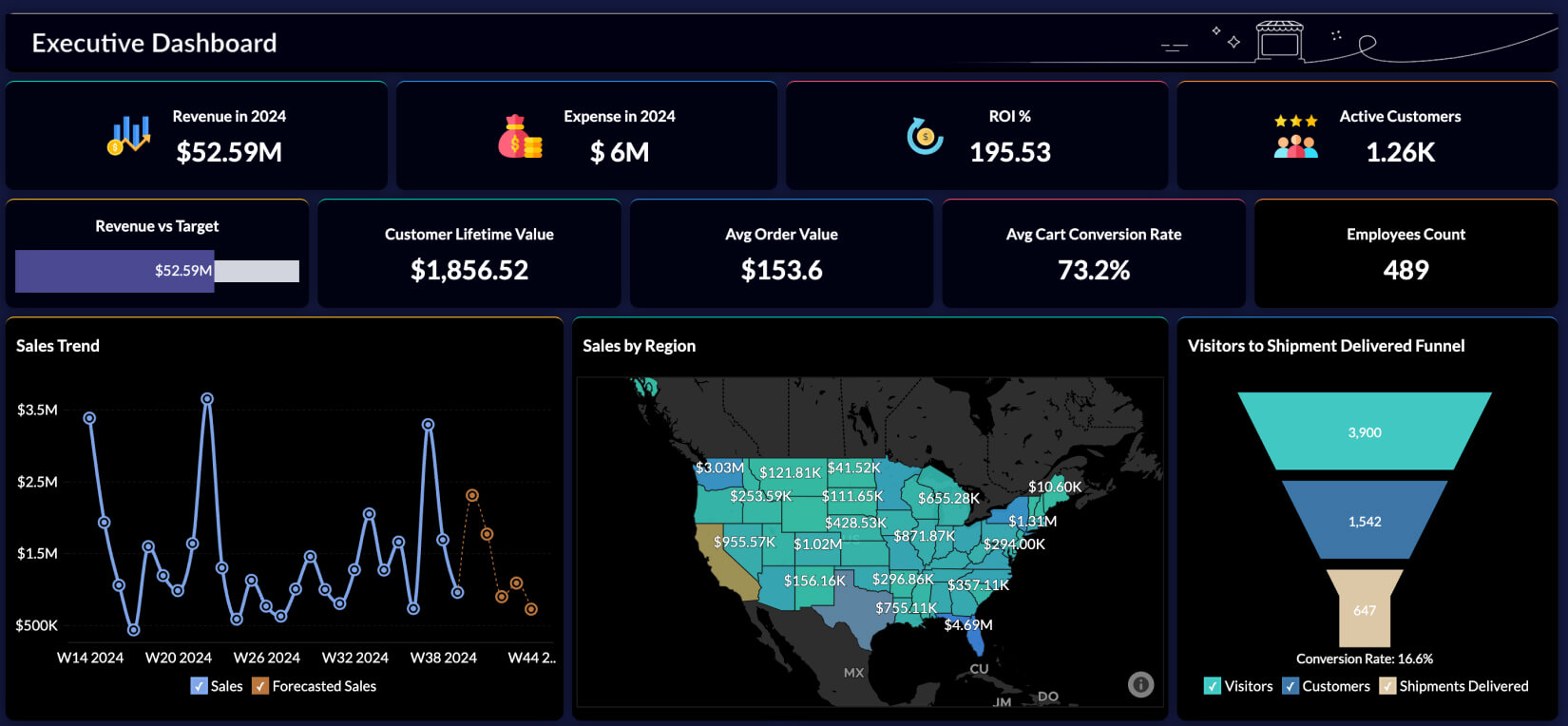
Definition of data analytics
The volume, velocity, and veracity of data generated today is incomparable—and extracting the maximum value out of it is paramount. The significance of analytics is higher now than ever.
Data analytics is the business of deriving meaningful insights in the form of patterns, relationships, and trends, from diverse data sets. It involves the application of both quantitative and qualitative methodologies.
Data analytics software enables collecting, cleansing, storing, analyzing, and reporting of data on any given scale.
The business case for data analytics
The key business objectives of any organization are to reduce costs, increase profitability, and improve risk management.
A successful business can achieve all three with timely insights on identifying new growth opportunities, business process improvement, segmenting target markets, and planning future roadmaps.
Robust data analytics software that serves these insights quickly and accurately is a major enabler of high business performance and growth.
Applications of Data Analytics?
Strategize in real time
Actively plan your campaigns, operations, and budgeting with up-to-date data. Easily collaborate across all levels for continuous data collection, preparation, analysis, and reporting. Understand your actual performance, course correct deviations, and predict scenarios for more effective business continuity.
Understand the actual results
What were your sales last quarter? Who utilized customer service the most? Data analytics allows you to constantly reflect on "what's happened" and "what's happening" by measuring and monitoring KPIs using a variety of self-service BI visualizations.
Plan your future roadmap
Identify trends and anomalies from past performance. Gather context by analyzing data collected from disparate sources. Drill down even further to identify drivers that impact business outcomes. Use them to predict future events via smart forecasting.
Who uses data analytics?
- Sales
- Marketing
- Human resources
- Finance
- Customer service
Sales
Analytics provides a complete view of prospects' journeys—transcending the old linear concept. Marketers can track customers all the way from initial interest to final purchase. The detailed insights available on consumer behavior and preferences help in creating personalized interactions with them. Learn more about Sales Data Analytics.
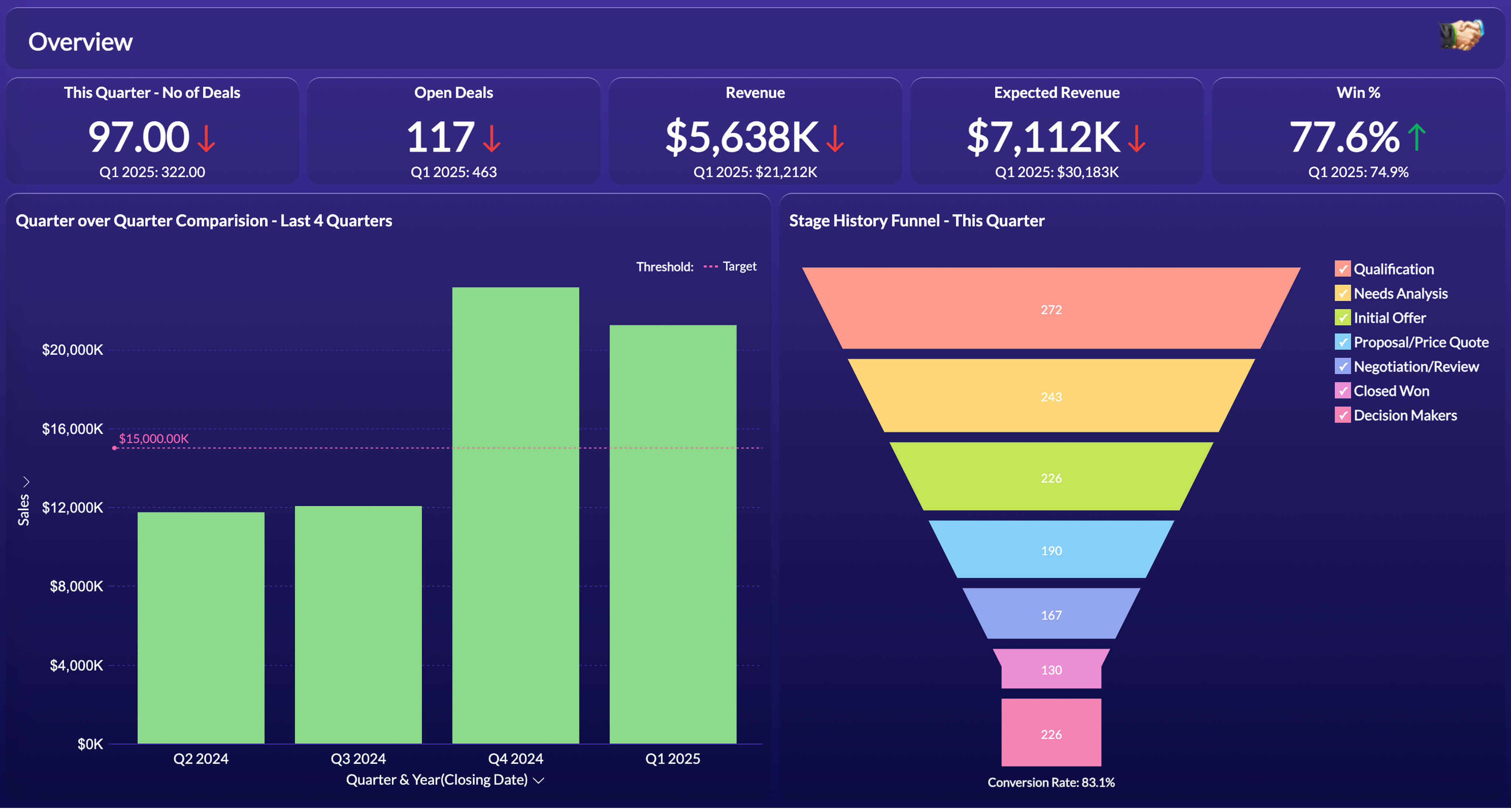
Marketing
The impact of your marketing initiatives in terms of reach, engagement and conversion-rates can be analysed and tracked continually. The gained insights can also be easily shared across stakeholders for their awareness and monitoring, via interactive visualizations. Learn more about Marketing Data Analytics.
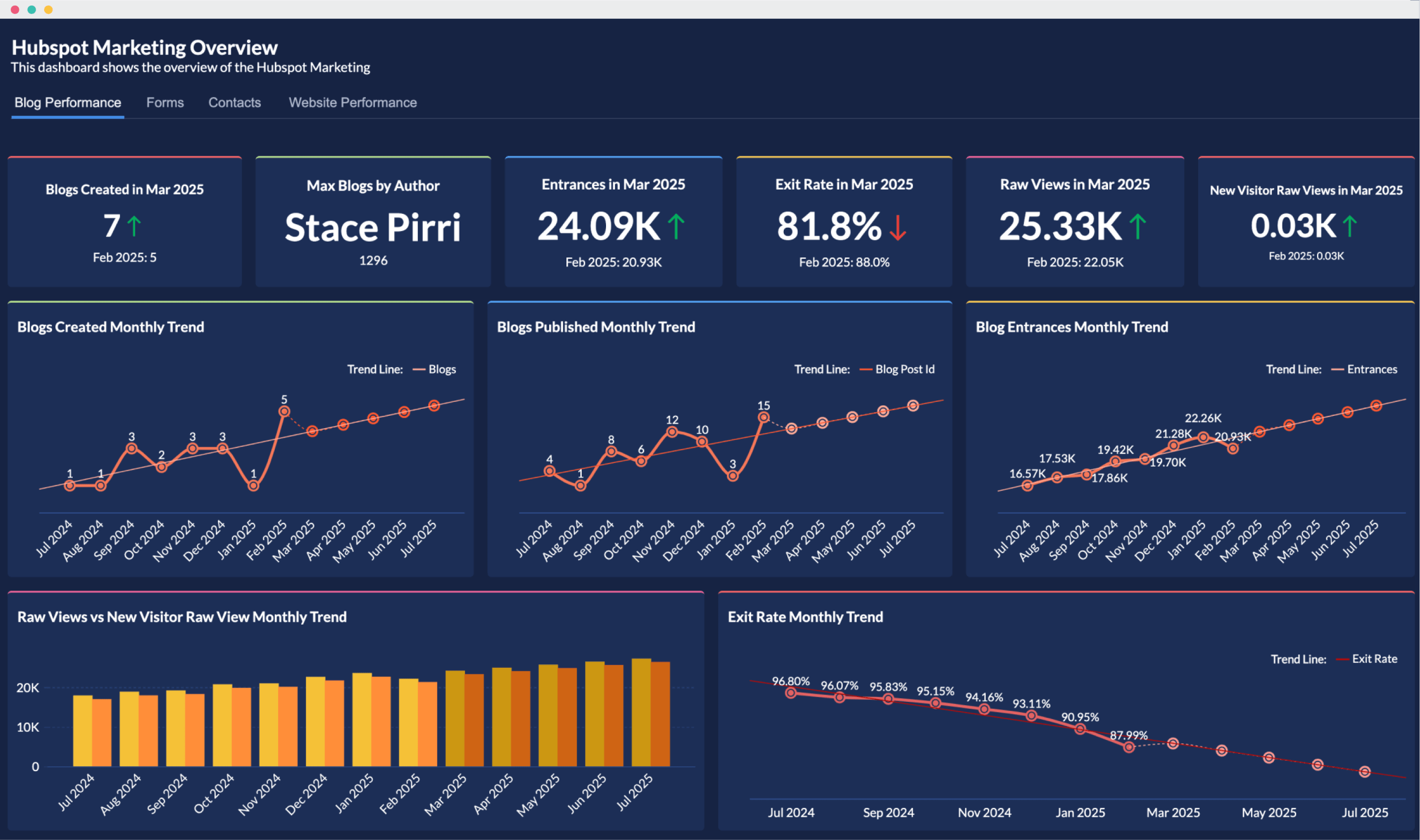
Human resources
Analytics-driven organizations can be predictive, rather than reactionary, in understanding their employees. Data insights empower them to hire the right talent, optimize benefits for employee retention, and identify areas for skill development. It also helps HR to seamlessly collaborate with other departments for workforce planning and monitoring. Learn more about HR Data Analytics.
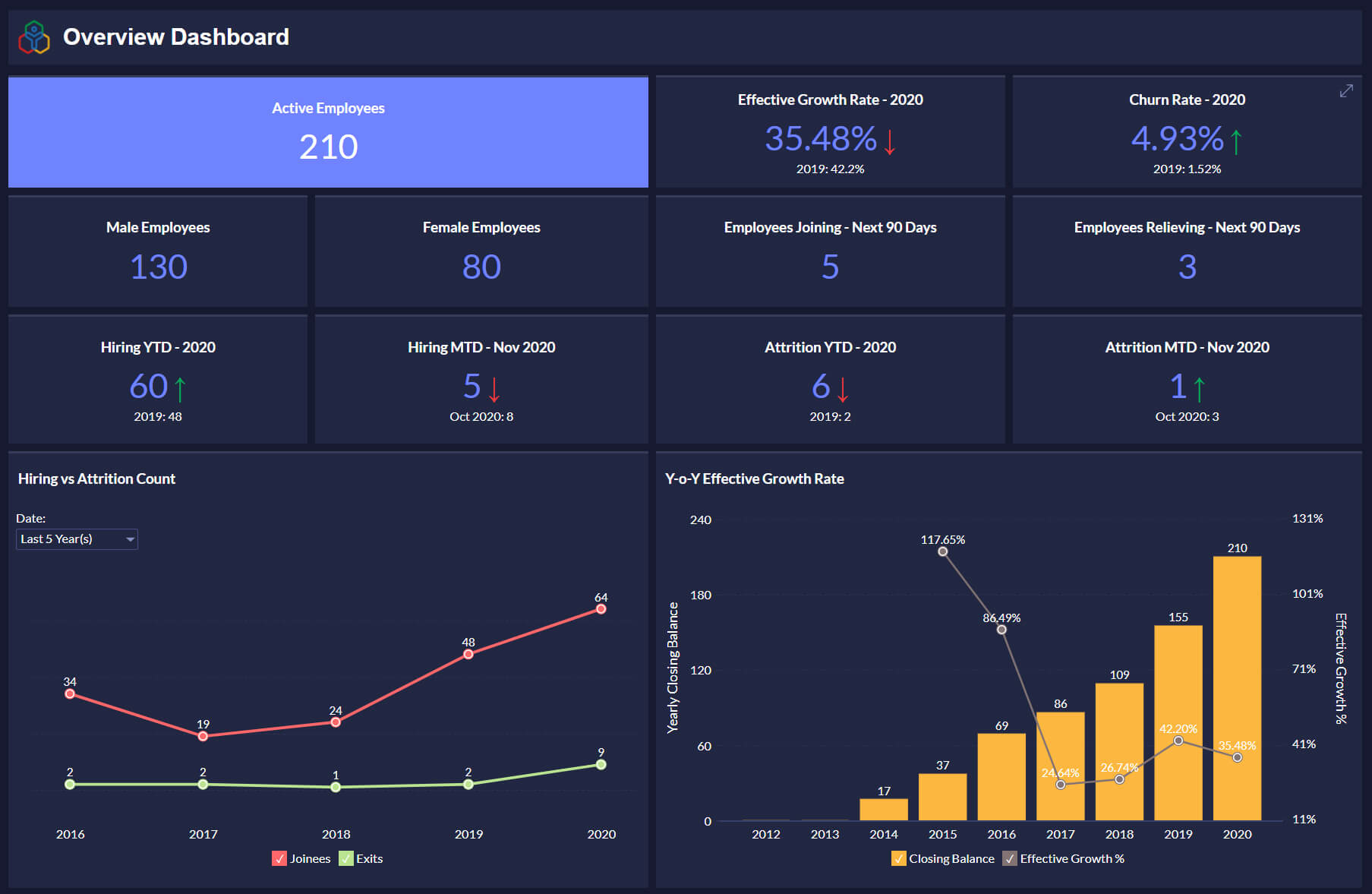
Finance
Finance teams understand client payment behavior, track cash flow, handle profitability and margin analysis, and run revenue forecasting. In a regulatory and economic environment that's more challenging than ever, analytics empowers organizations to perform highly accurate risk assessment and management. Learn more about Finance Data Analytics.
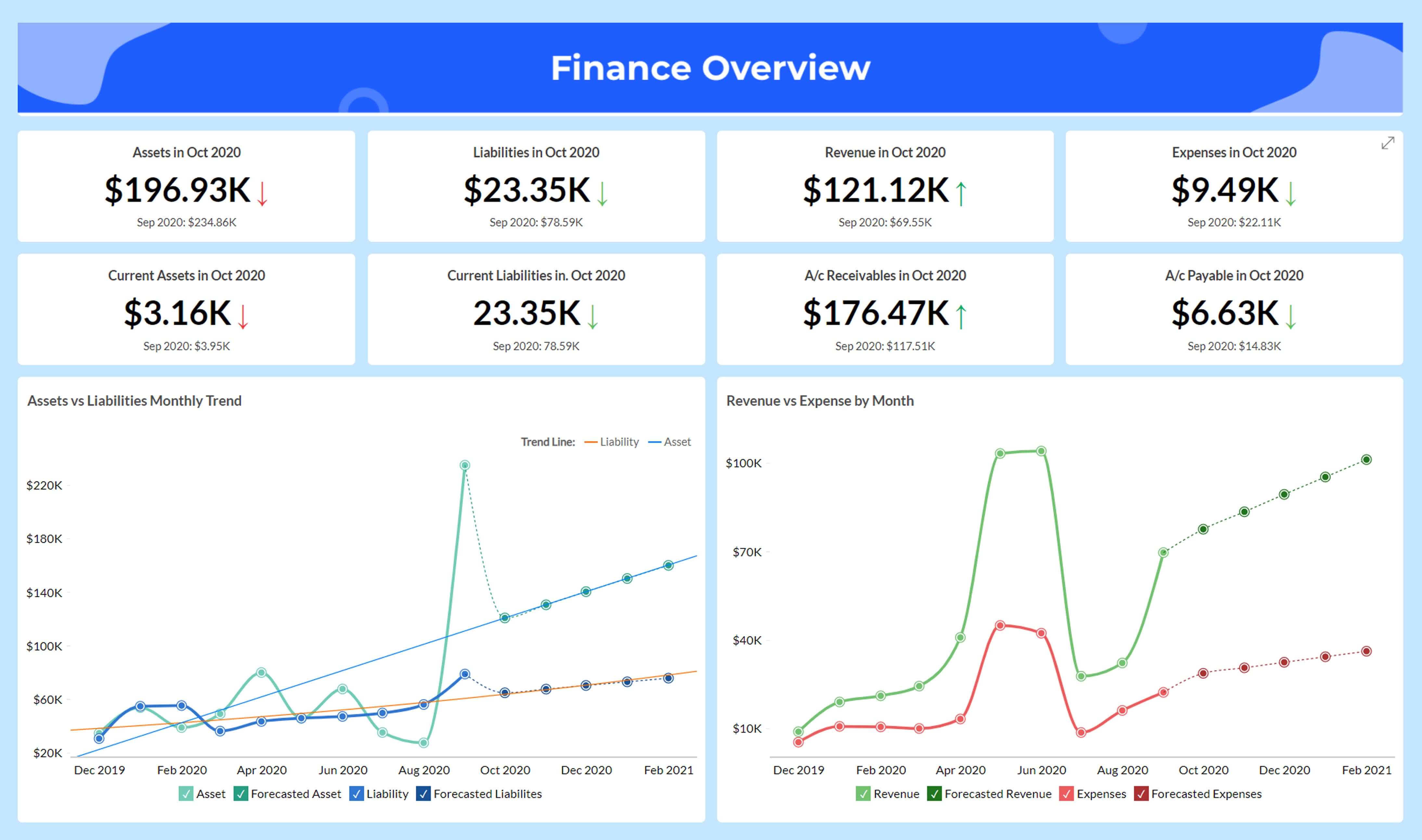
Customer service
To achieve higher customer satisfaction and loyalty, analytics can assist in tailoring customer experiences by predicting their needs, picking up on friction at customer touchpoints, and personalize incentives for retention. Insights on support agent performance can be useful in reducing latency and bridging skill gaps. Learn more about Helpdesk Data Analytics.
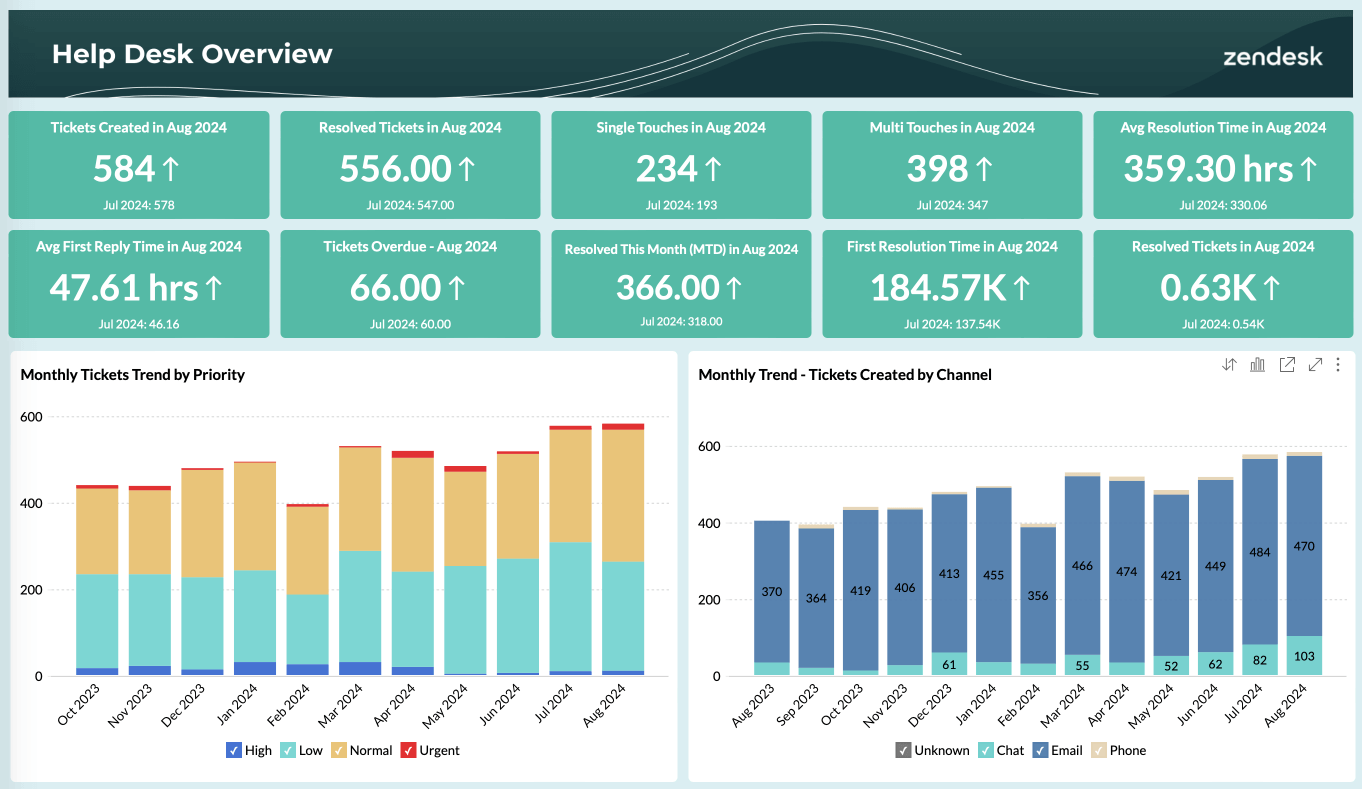
Want to start using a Data Analytics Software?
Sign up for freeData Analytics Capabilities

Data collection and management
Data which is available in any form (structured, unstructured, semi-structured) and from anywhere (files, feeds, local and cloud storage, business apps, local and cloud databases) can be blended and merged, at any scale and complexity. The collected data is further organized in a standard format, to make sense out of it easily. It's also imperative to exercise fine-grained access control, to ensure data privacy and security. Learn more about data connectors.
Data analysis and reporting
Useful insights can be discovered through in-depth data exploration. They can then be meaningfully presented for consumption in the form of visually rich reports and dashboards. Learn more about reporting software.
Data sharing and collaboration
The value of insights gained is only realised by sharing them with appropriate business stakeholders in multiple ways—like email alerts or embedded dashboards. Facilitating real-time collaboration between them drives quick and informed decision-making. Learn more about sharing of data and reports.
Types of data analytics
Self-service analytics
This empowers business users to analyze data and generate reports on their own, with minimal training and IT support. Here the data access is more straightforward and analytics is facilitated through easy-to-use interfaces. Learn more about self-service analytics.
Augmented analytics
The large-scale automation of data preparation, analysis, and reporting facilitated by AI-driven technologies—such as machine learning (ML) and natural language processing (NLP)—has enabled the mining of insights out of huge datasets that was never possible before.
Embedded analytics
Integrating analytics natively, within the business workflow, into points of data consumption—applications, portals, products, etc—offers seamless insights for making swift decisions in real time. Learn more about embedded analytics.
Benefits of data analytics software
- Creating fail-proof business strategies based on detailed insights and highly accurate predictions
- Identifying growth opportunities that would be almost impossible through legacy methods
- Holding on to competitive advantages through constant market awareness
- Proactively spotting and fixing gaps for seamless business continuity
- Widening the scope for innovation by integrating with emerging technologies
Best practices to remember
- Embrace analytics throughout your organization's culture
- Re-engineer legacy methods and systems within the latest frameworks
- Stay in tune with advanced analytics features and capabilities
- Work with suitable vendors and focus more on your core business
- Thoroughly evaluate the expertise of potential partners
- Continuously refine and redefine your business' approach to analytics
Turn Data into Actionable Insights
A cloud BI pioneer for over a decade, Zoho Analytics is now used by more than 10 million business users, and 100,000 businesses in 120+ countries around the world.
Want to join us? Get started now!
Sign up for free